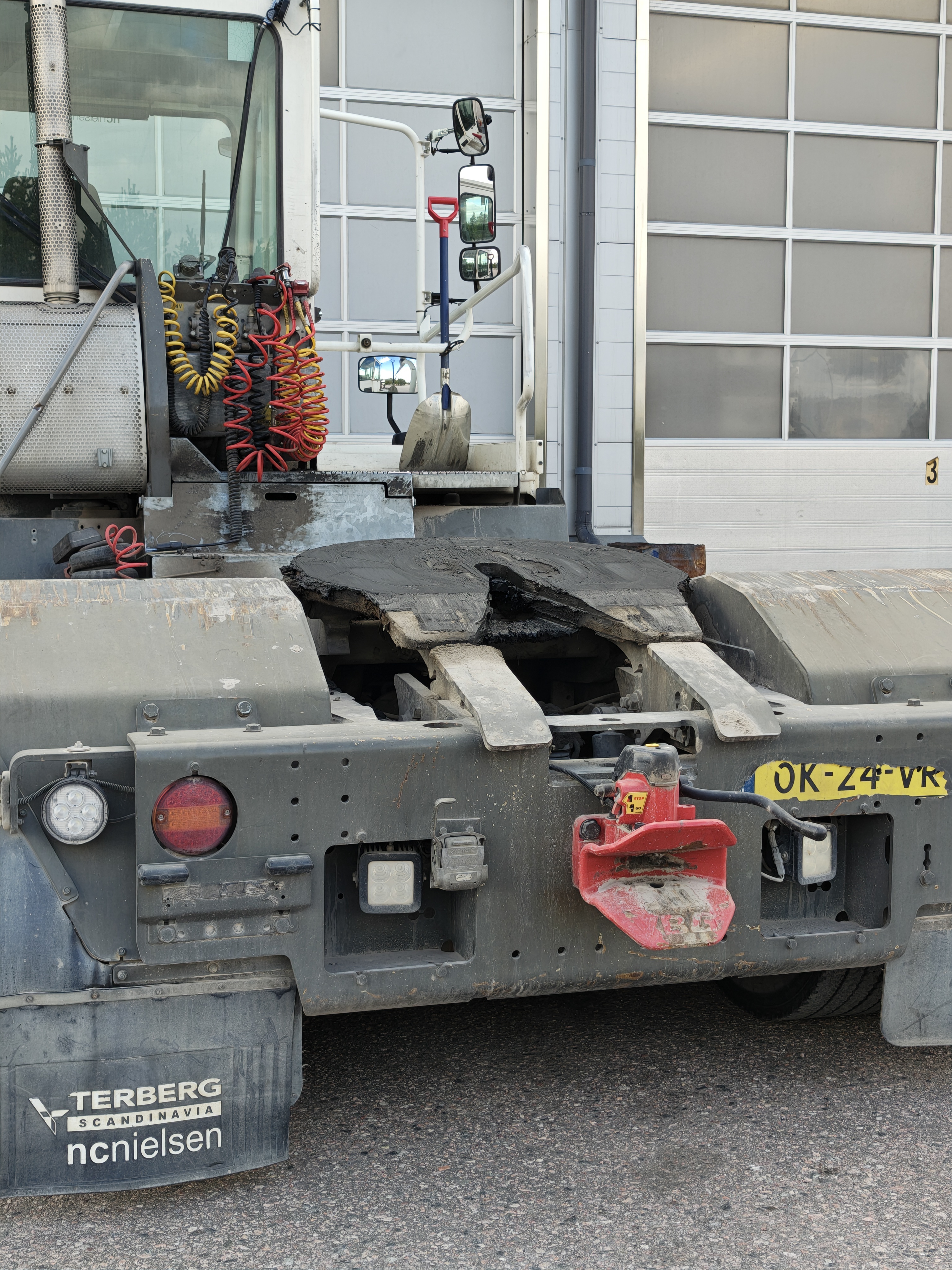How Mertz Transport Improves Their TCO with VBG Driver Assist
Every minute a truck is stationary costs money. Every vehicle damage incident not only means increased repair costs but also downtime, rescheduling, and delayed deliveries. One of the most critical moments in a driver’s workday is reversing and coupling the trailer—especially in tight terminals or dense urban environments where space is limited and visibility is poor. These are the situations where accidents often happen: a misaligned drawbar, a broken electrical socket, a damaged refrigeration unit, small mistakes that lead to major consequences for both the vehicle's condition and fleet operations.
What Are ADAS Systems and How Do They Impact TCO?
ADAS (Advanced Driver Assistance Systems) are technologies that help drivers operate vehicles more safely and efficiently. These systems reduce the number of accidents, lower driver stress, and may contribute to reduced insurance premiums—all factors that directly affect a fleet's Total Cost of Ownership (TCO).
Technology in Operation for Maximized Uptime
We visited Mertz Transport in Malmö to learn how they work to maximize their vehicle uptime. Håkan Hansson is responsible for a fleet of about 50 trucks, primarily used for temperature-controlled transports with refrigeration units.
“We’re always open to testing new solutions that can improve our operations. VBG Driver Assist is one of the systems we’ve installed to ensure maximum uptime. It helps reduce the type of minor damages that can become expensive, both through direct repair costs and indirectly through lost deliveries.” says Håkan.
The system is currently used on twelve of their vehicles, especially where risks are highest, such as with rear-mounted refrigeration units that are easily damaged during coupling.
“We like the combination of a reversing camera and VBG Driver Assist. A car today has both systems—why shouldn’t a truck? Anything that simplifies daily work creates better working conditions. The driver receives voice guidance and warning sounds that increase as the vehicle approaches the trailer. This lets you focus on the mirrors while also feeling confident the system is monitoring the distance,” says Håkan.
From Accident Prevention to Strategic Value
“We’re actually seeing reduced stress levels among drivers. They feel more secure in situations that would otherwise be high-pressure. It positively impacts the work environment—and hopefully our attractiveness as an employer. Younger drivers expect technology to support them and to work smoothly.”
TCO Improvements on Multiple Levels
“Downtime is the real culprit in the cost equation,” says Håkan. “When a truck is idle, we make no money. At the same time, we’re paying for repairs and losing scheduled deliveries. VBG Driver Assist helps us avoid many of those situations.”
The staff didn’t need extensive training to start using the system—in fact, the threshold was low.
“It’s intuitive. The driver gets immediate feedback through sound and voice, and there’s no extra step to activate it. That’s why it works in daily operations,” says Håkan.
Even though the system doesn’t directly affect service intervals, the vehicle lifespan is positively influenced. Fewer damages to coupling equipment mean components last longer. That makes a difference over time.
Mertz already sees value in the investment, even though no precise ROI calculation has been made.
“The benefits are clear: fewer damages, happier drivers, and a safer daily routine. It’s an investment that pays off both financially and in the work environment. We’re already seeing the effects in repair costs—they’ve gone down significantly.”
Want to Know More About VBG Driver Assist?
Together with you, we develop innovative solutions to improve road safety. We have many ideas, but we’d also love to hear what opportunities you see for the future development of VBG Driver Assist.
Are you interested in trying VBG Driver Assist or do you have questions or feedback?
Recommended reading

The transition enters its next phase – Future outlook 2026

Field tested reliability - VBG shunting coupling at Raskaspari Trailer Service Oy

